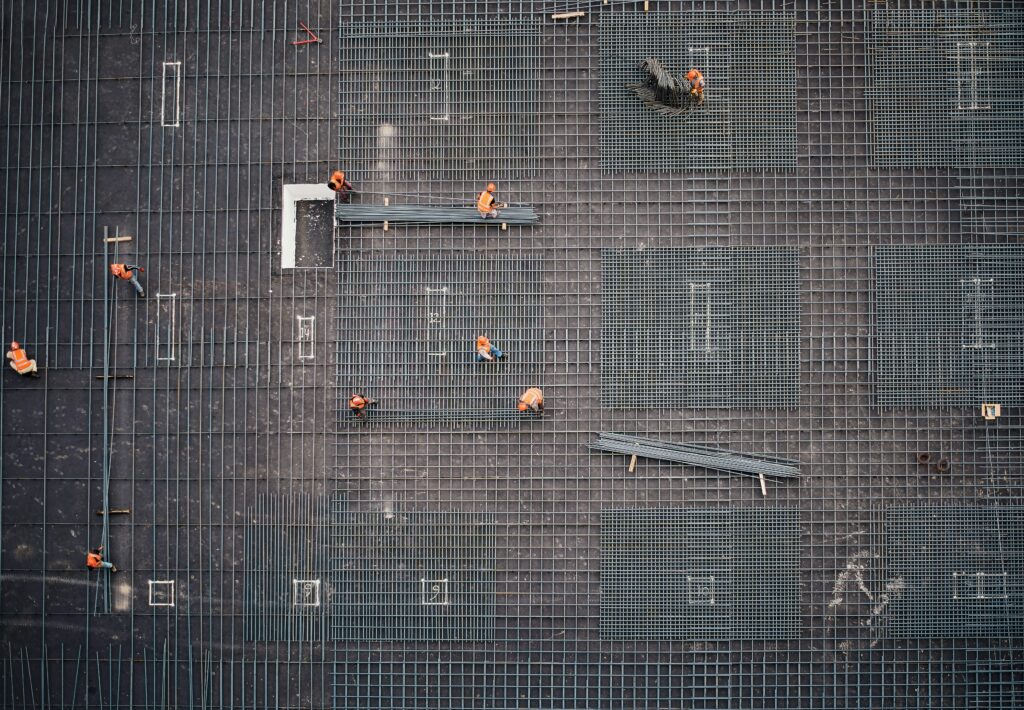- 17
- Apr
- 2024
Read time: 4 mins
Based on State of Infrastructure and Engagement 6th Annual Survey from Sara Bice, published April 2024.

Infrastructure projects are increasing in scale, complexity and intensity. The latest data from a long-running ANU survey confirms that community support is not just ‘nice to have’ but crucial to a project getting off the ground.
Read time: 4 mins
Based on State of Infrastructure and Engagement 6th Annual Survey from Sara Bice, published April 2024.
1
The latest ANU survey of infrastructure professionals shows the persistence of ‘stakeholder and community pressure’ as a driver of project delays.
2
Since the survey commenced in 2018, around half of infrastructure sector workers surveyed have consistently reported the impact of pressure from community activities such as petitions and social media campaigns.
3
The results are further confirmation that stakeholder engagement is crucial to Australia’s infrastructure pipeline and delivery.
New figures confirm the long-range trend of community concerns impacting on the ability of major infrastructure projects to be delivered on time and on budget.
The State of Infrastructure and Engagement Survey, run by the ANU Institute for Infrastructure in Society, is Australia’s longest-running study into how community engagement, social risk and social licence influence delivery of Australia’s major projects, according to those who work in the sector.
The results of the 6th survey released today confirm that, since 2018, industry professionals have consistently identified ‘stakeholder and community pressure’, as one of the top three most influential factors impacting on project delays or cancellations.
Infrastructure professionals were asked whether adverse stakeholder pressure played a role in delays or cancellations.
These figures have remained relatively consistent since 2018.
The sector reported that the most common ways for communities to exert this pressure was via petitions (43 per cent), social media (42 per cent) and lobbying (36 per cent).
Some 84 per cent of respondents agreed that “community fatigue poses a risk to infrastructure delivery” but 80 per cent also agreed that “when engagement quality is high, levels of community fatigue are lower”.
Beyond community concerns, the biggest factor in delays was ‘project funding’, reflecting the tough financial environment facing all sectors. ‘Regulatory and planning issues’ were also a cited as a major impediment to project delivery.
The ANU survey is an annual opportunity to check in with the sector during this time of unprecedented scale and pace of infrastructure delivery. Between 2021 to 2026, some 434 projects are slated for delivery, valued at about $300 billion.
As outlined in a related ANU Policy Brief, the cumulative effect of these huge projects can corrode the goodwill of local residents, who experience impacts such as dust, noise, changes to greenspaces, and traffic disruptions. A ‘place-based approach’ to planning can address these impacts.
“The most common ways for communities to exert pressure was via petitions (43 per cent) and social media (42 per cent).”